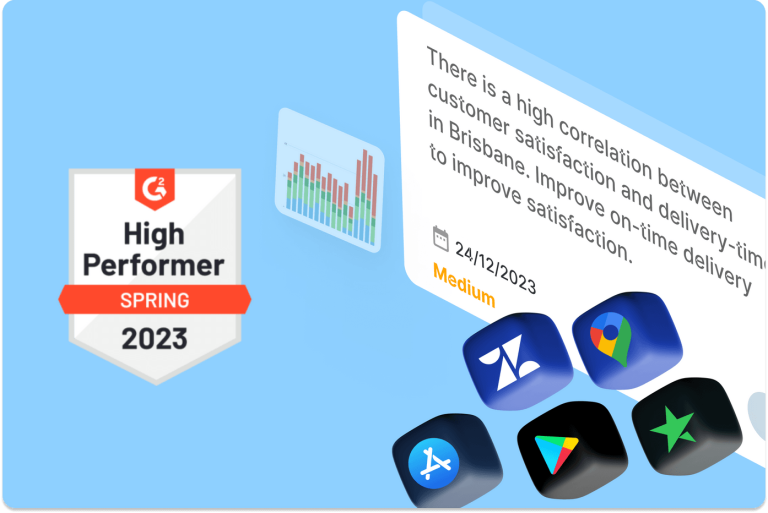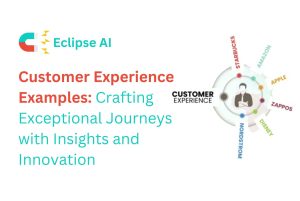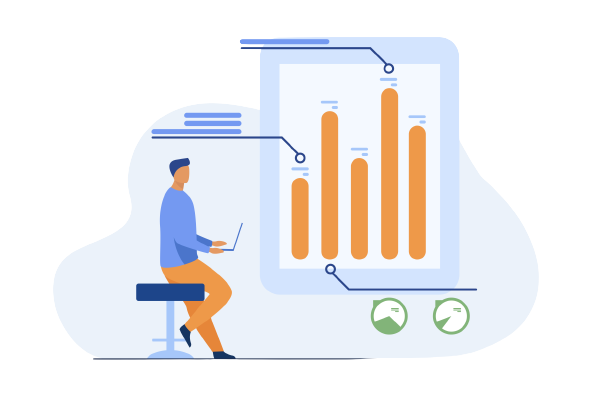
Omnichannel Strategy for Enhancing Customer Loyalty
Discover how to boost customer loyalty with effective omnichannel strategies. Learn to integrate seamless, customer-centric experiences across all platforms for increased engagement and retention

In the dynamic world of multi-venue businesses, success is often measured by the quality of customer experiences. These businesses, which encompass chains of restaurants, retail stores, hotels, and entertainment venues, face unique challenges when it comes to understanding and satisfying their customers. In an age where customer feedback is prolific and influential, Voice of Customer (VoC) analytics has become more critical than ever. In this article, we will explore why multi-venue businesses need VoC analytics now, supported by facts, figures, and real-world examples.
Multi-venue businesses operate across multiple locations or venues, each with its own set of customers, staff, and operational challenges. These businesses often strive for a consistent brand image, but delivering a uniform customer experience can be a monumental task.
Consider a popular restaurant chain, for instance. Each restaurant should provide the same quality of food and service, but variations can occur due to differences in location, staff, or local preferences. Ensuring a consistent and positive customer experience across all venues is a complex endeavor.
The customer experience (CX) is the lifeblood of any business, but it holds even more weight for multi-venue enterprises. Consider these figures:
Given the customer-centric nature of multi-venue businesses, these figures underscore the importance of prioritizing CX. And this is where Voice of Customer analytics becomes invaluable.
Multi-venue businesses often collect customer feedback from various sources, including surveys, online reviews, social media, and direct interactions. Managing and extracting insights from this data manually is a daunting task. VoC analytics tools can streamline the process by aggregating data from different venues and sources.
Real-world Example: The global hotel chain Marriott International uses VoC analytics to collect and analyze feedback from guests across its many locations. This data helps them identify common issues, improve services, and maintain a consistent brand image.
Achieving consistency in the customer experience is a top priority for multi-venue businesses. VoC analytics can help identify discrepancies and variations in customer feedback, allowing the business to take corrective actions to ensure that all venues meet the same standards.
Real-world Example: Starbucks, with thousands of stores worldwide, uses VoC analytics to maintain uniformity in customer experience. The company uses customer feedback to make adjustments to menus, store layouts, and service processes across locations.
While consistency is essential, multi-venue businesses must also be attuned to local customer preferences. VoC analytics can help companies understand the unique needs and expectations of customers at each venue, allowing them to make region-specific adjustments.
Real-world Example: McDonald’s uses VoC analytics to adapt its menu offerings in different regions, considering local tastes and dietary preferences. This ensures that customers at each venue have a menu that appeals to them.
Forget about reading through thousands of voice of customer data points.
Let our AI-powered ‘Insight Assistant’ flag the issues that matter so you can work faster, boost productivity, and save more time.
Multi-venue businesses can use VoC analytics to spot recurring issues and concerns shared by customers across multiple locations. Addressing these common pain points can lead to significant improvements in overall customer satisfaction.
Real-world Example: Domino’s Pizza employs VoC analytics to identify common delivery-related complaints. By addressing issues like late deliveries, they have improved the customer experience and increased customer loyalty.
VoC analytics can help businesses streamline operations. By understanding the customer perspective, companies can identify areas where processes can be made more efficient and cost-effective, ultimately improving the customer experience.
Real-world Example: IKEA uses VoC analytics to enhance its furniture assembly instructions based on customer feedback. By making assembly easier and less frustrating, they contribute to a better overall experience for customers.
While VoC analytics holds tremendous potential for multi-venue businesses, there are challenges to consider:
Multi-venue businesses are operating in a customer-centric world, where the quality of customer experience can make or break their success. The figures and real-world examples presented here highlight the significant impact of customer experience on business outcomes.
Voice of Customer analytics is the compass that guides multi-venue businesses through the complexities of delivering consistent, adaptable, and high-quality experiences across multiple locations. By aggregating data, ensuring consistency, adapting to local preferences, addressing common pain points, and improving operational efficiency, VoC analytics helps these businesses rise to the challenge.
In a world where customers have abundant choices, multi-venue businesses must leverage VoC analytics to listen, adapt, and thrive. The time to prioritize VoC analytics is now, for the businesses that do will not only survive but lead in the age of customer-centricity.
Want The Latest CX Intelligence?
Analyse all your voice of customer data in one place and empower your teams with actionable insights that help them understand the true voice of your customers.
✔Free forever ✔ No credit card needed ✔ Reduce Churn


Discover how to boost customer loyalty with effective omnichannel strategies. Learn to integrate seamless, customer-centric experiences across all platforms for increased engagement and retention

In the realm of marketing and customer experience, innovation isn’t just about being different; it’s about being better. Understanding how leading brands craft their customer experiences can offer invaluable lessons. Let’s dive into some detailed examples from industry giants and see how their approaches can inspire transformative strategies in your domain.

Multi-location businesses, such as restaurant chains, retail franchises, and global hotel brands, often span diverse cultural landscapes.
Don’t Let Your Competitors Understand Your Customers Better Than You
Don’t miss out. Try our 30-day Free Professional Trial.
